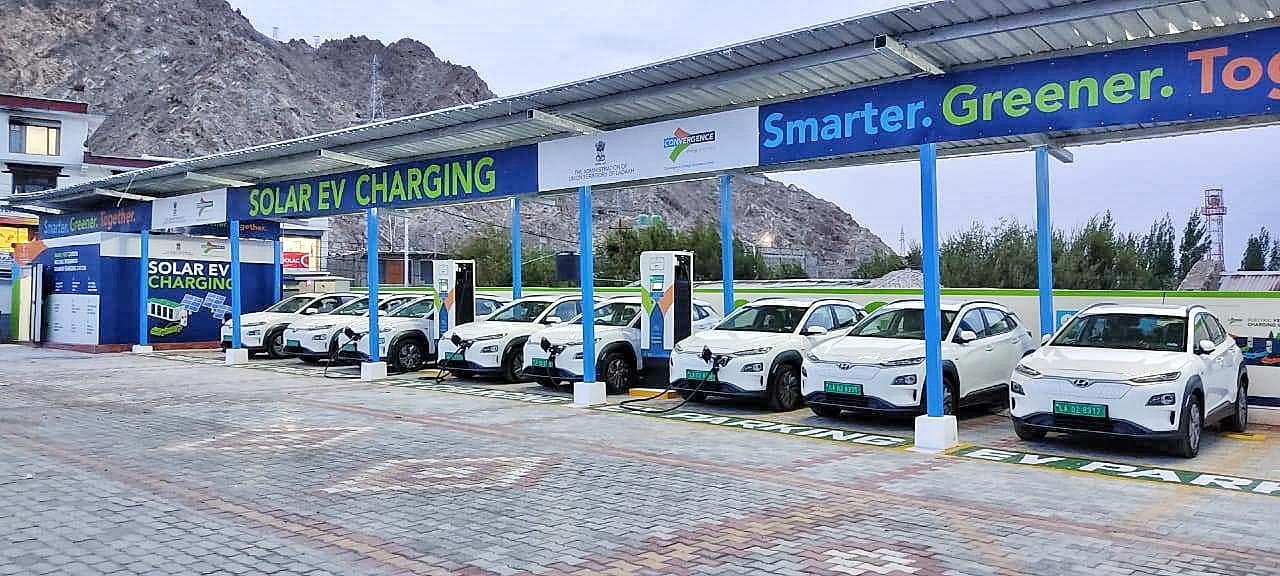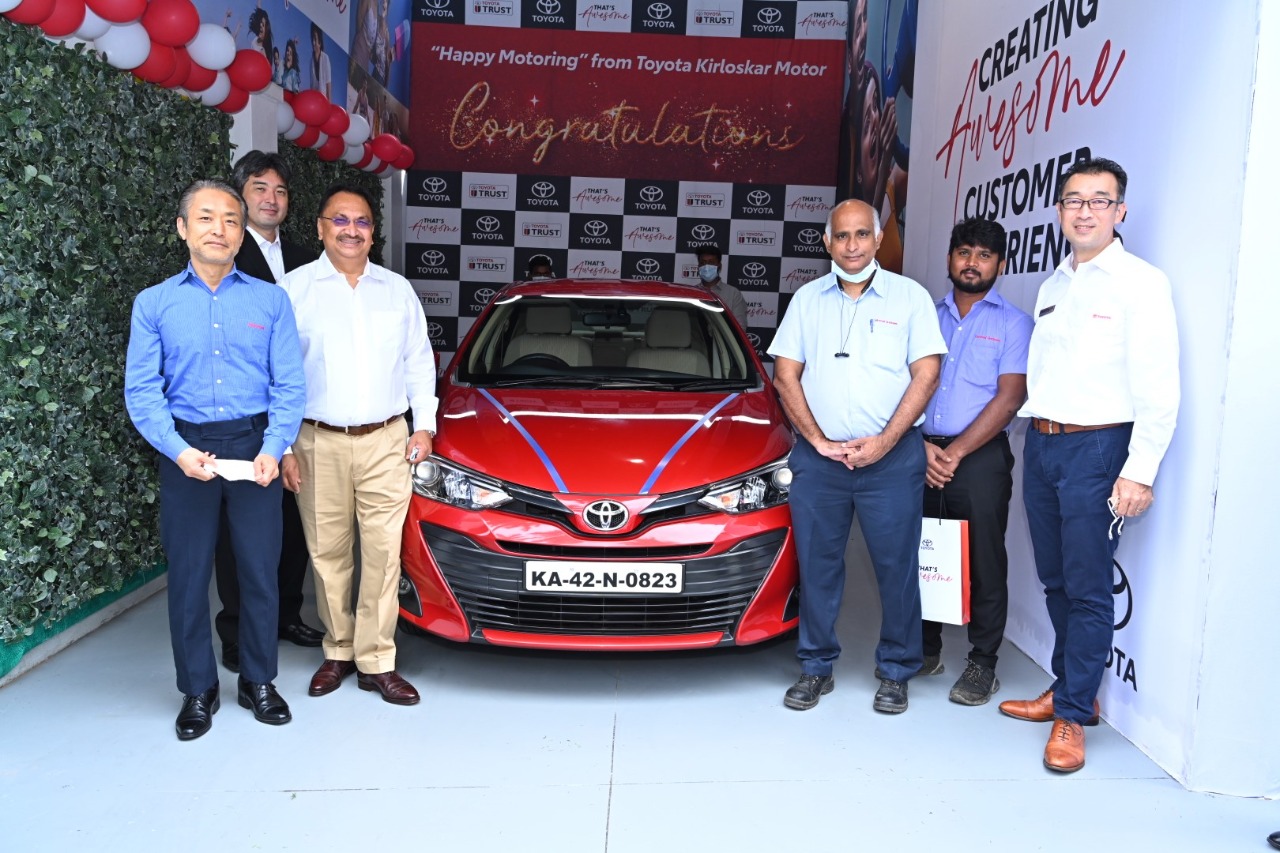The Union Territory of Ladakh has recently announced a new electric vehicle policy to encourage buyers in the region to go in for EVs. The Electric Vehicle and Allied Infrastructure Policy offers a capital subsidy of 10 percent on purchase of electric two-, three- and four-wheelers.
- Policy introduced to promote sustainable mobility
- Subsidy will be reimbursed to dealer as well as buyer
The UT has been seeing a strong influx of tourists over the past few years; tourism contributes around 50 percent to the GDP of Ladakh. Since 2015, the tourist inflow has more than doubled, which has led to an increase in pollution.
Ladakh's official announcement focuses on minimising carbon emissions, promotion of clean energy, developing a green and sustainable public transport system, and connectivity by all-weather roads. The policy will be in force over the next five years, till August 16, 2027, and will be implemented through subsidies and setting up a network of EV charging stations.
EV buyer incentives
The EV policy opens with the statement of aiming to “to promote sustainable mobility in Ladakh by kickstarting the sale and use of EVs” and to encourage research, innovation and skill development in EV technology. It aims to enable rapid adoption of EVs in all new domestic and commercial vehicle registrations and promote electric mobility in public transportation and government fleets. All e-vehicles have been exempted from payment of road taxes.
The demand incentive is available for EV buyers in the form of an upfront-reduced purchase price, and the vehicle dealer will be reimbursed by the UT. In the event that an EV is bought from another state/UT (at 100 percent ex-showroom price), but is registered and used in Ladakh, the reimbursement will be provided to the buyer and not to the dealer, according to the policy.
Incentives for EV charging facilities
Ladakh’s EV policy also offers incentives for EV charging facilities with tariffs being charged at domestic rates. Common public charging facilities in parking areas of residential, commercial and institutional establishments will be set up. Likewise, public EV charging facilities at fuel pumps will be set up subject to the area and charging infrastructure.
Commercial public EV charging stations for two-wheelers, cars and buses will be eligible for capital subsidy of 25 percent on equipment/machinery cost or Rs 5,00,000 (whichever is less) per station for the first 15 EV charging stations.
In future, the UT may incentivise operating of battery swapping centres once the EV policy is fully in operation. Ladakh also plans to have 10 percent of notified parking spaces reserved for EVs, with reduced parking charges.

























